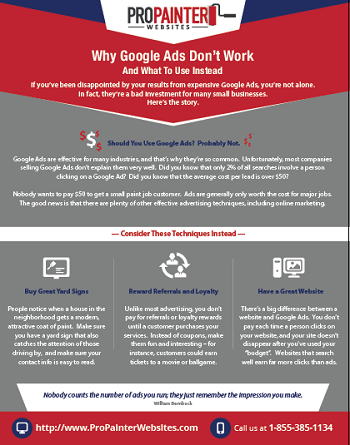Understand Just How Seasonal Problems Impact The Success Of Business Exterior Painting And Find Out The Ideal Durations To Ensure Long-Lasting Outcomes For Your Project
Understand Just How Seasonal Problems Impact The Success Of Business Exterior Painting And Find Out The Ideal Durations To Ensure Long-Lasting Outcomes For Your Project
Blog Article
Web Content Written By-Doherty Rodriquez
When you're preparing an industrial outside paint job, seasonal variables can make or damage your outcomes. You'll wish to think about just how temperature and humidity effect paint application and drying times. Selecting the appropriate period can guarantee your paint adheres appropriately and lasts longer. But which seasons are genuinely the very best for this sort of job? Allow's check out the key elements that can influence your project's success.
The Impact of Temperature on Paint Application
When you're intending a business external paint project, the temperature can significantly impact just how well the paint adheres and dries out.
Preferably, you want to repaint when temperature levels range between 50 ° F and 85 ° F. If it's too cold, the paint may not heal properly, causing concerns like peeling off or breaking.
On the other hand, if it's too hot, the paint can dry out as well swiftly, preventing appropriate attachment and resulting in an uneven surface.
You ought to also consider the moment of day; early morning or late afternoon offers cooler temperature levels, which can be a lot more positive.
Constantly check the manufacturer's suggestions for the specific paint you're using, as they often offer support on the excellent temperature level array for optimum outcomes.
Moisture and Its Effect on Drying Times
Temperature level isn't the only ecological variable that influences your business outside paint project; humidity plays a considerable function too. High humidity levels can reduce drying out times drastically, affecting the general quality of your paint job.
When the air is saturated with wetness, the paint takes longer to cure, which can result in issues like poor bond and a greater danger of mildew growth. If you're painting on a particularly damp day, be planned for extensive delay times between coats.
It's crucial to keep track of local climate condition and plan appropriately. Preferably, go for humidity degrees between 40% and 70% for ideal drying.
Keeping https://tysonahnrx.elbloglibre.com/34299467/increase-your-home-s-exterior-charm-benefits-of-engaging-professional-house-painters consider mind guarantees your project stays on track and delivers an enduring surface.
Best Seasons for Commercial Outside Painting Projects
What's the best time of year for your industrial outside painting tasks?
Spring and early fall are generally your best options. Throughout these seasons, temperature levels are light, and humidity degrees are commonly reduced, developing excellent problems for paint application and drying.
Stay clear of summertime's intense heat, which can create paint to dry as well rapidly, leading to inadequate adhesion and coating. Likewise, winter season's cold temperature levels can impede appropriate drying and curing, risking the longevity of your paint work.
Aim for days with temperatures in between 50 ° F and 85 ° F for optimum outcomes. Keep in mind to examine the regional weather forecast for rain, as damp problems can destroy your project.
Preparation around these variables guarantees your paint job runs efficiently and lasts much longer.
Final thought
In conclusion, planning your business exterior paint jobs around seasonal factors to consider can make a considerable distinction in the result. By organizing work throughout the suitable temperature levels and humidity degrees, you'll guarantee better bond and drying out times. Remember to watch on neighborhood weather forecasts and select the right time of year-- spring and very early fall are your best options. Taking these steps will certainly aid you attain a sturdy and expert coating that lasts.
